The Iberian green industrial opportunity: Carbon capture and storage
McKinsey Public & Social Sector Insights
JULY 10, 2025
As the world shifts toward a more sustainable future, addressing carbon emissions remains a top priority. The cap tightening equates to a 62 percent reduction by 2030 compared to 2005 levels. The cap tightening equates to a 62 percent reduction by 2030 compared to 2005 levels. Power generation is not included. 3 Assuming a 4.3


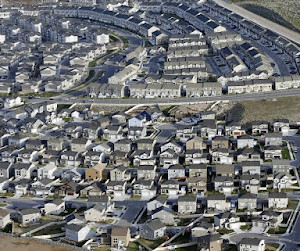
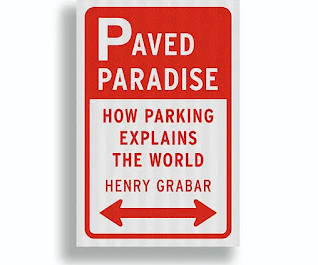
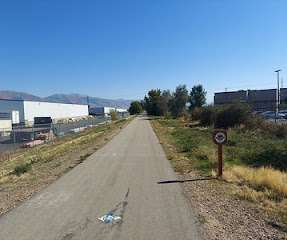
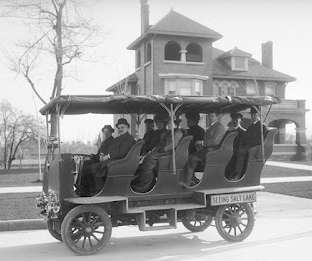
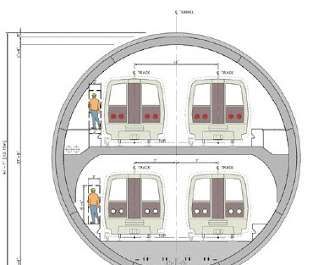
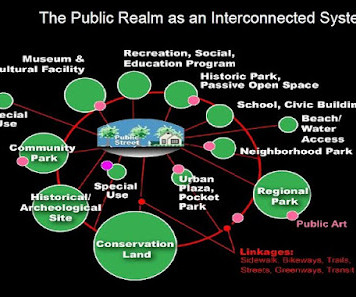
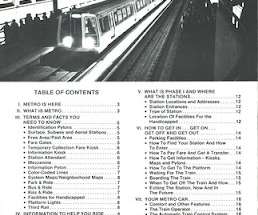
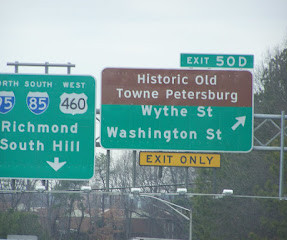

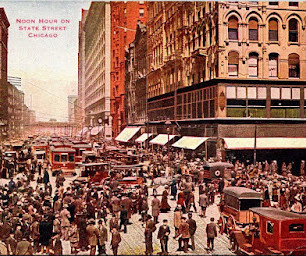
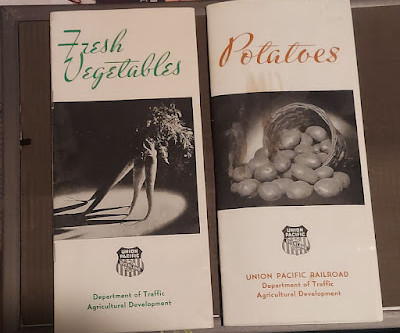
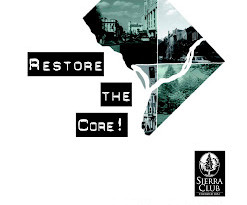
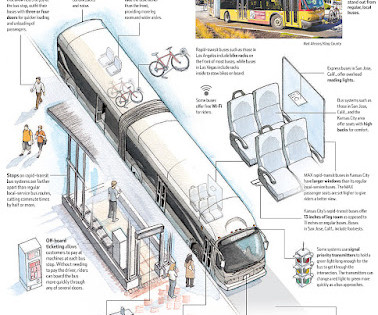






Let's personalize your content